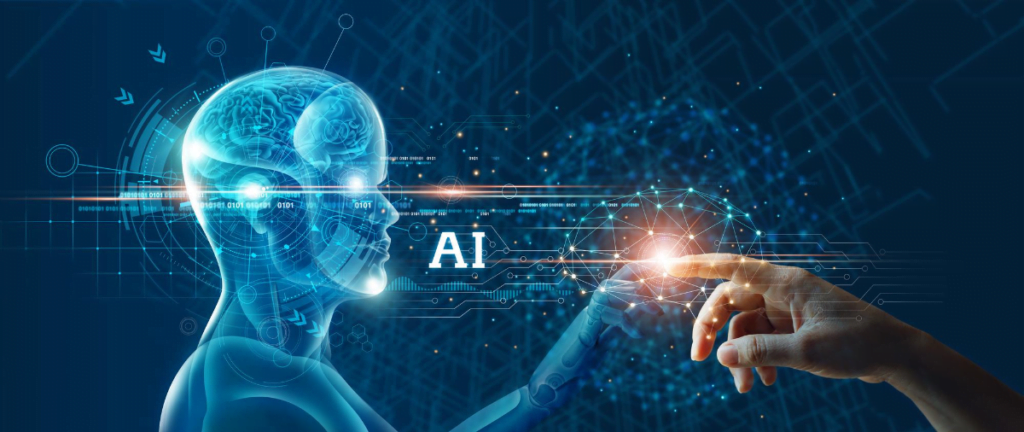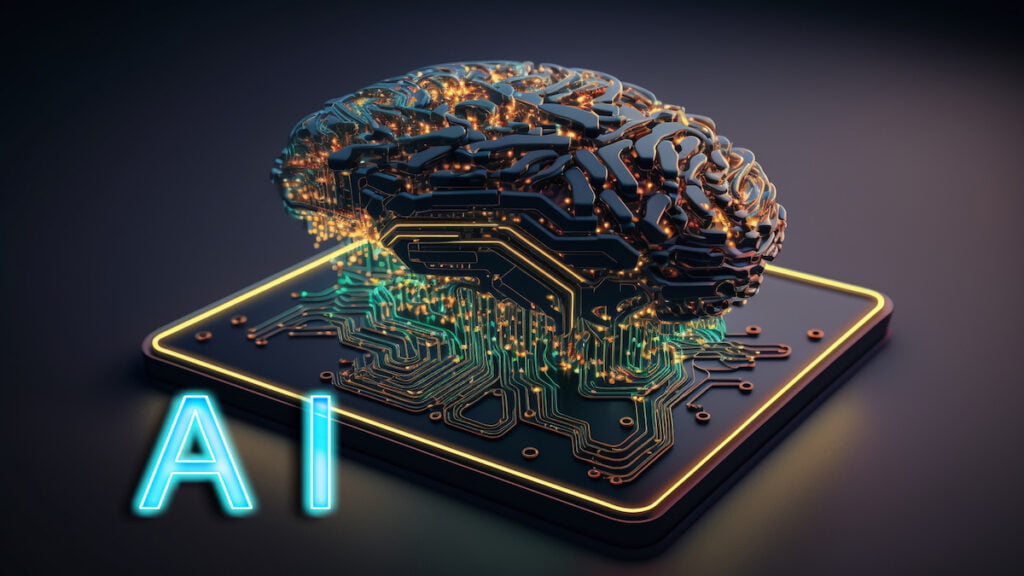Generative Artificial Intelligence (AI) has swiftly become a notable frontier in the realm of machine learning and digital creativity. At its core, generative AI refers to algorithms and models that can create new data resembling the data it was trained on. Common frameworks such as Generative Adversarial Networks (GANs) and Variational Autoencoders (VAEs) form the crux of generative AI technology. Tracing back the timeline, the evolution from simplistic, rule-based models to sophisticated generative algorithms has marked significant milestones in the AI domain.
Applications of Generative AI
Visual Arts
In the visual arts arena, generative AI serves as a tool for crafting unique artwork and images. Numerous digital artists and designers have embraced this technology to expand the horizons of creativity. By analyzing a myriad of case studies, one can observe the profound impact generative AI has had in redefining digital artistry.
Music Composition
The realm of music composition has also witnessed the infusion of generative AI. This technology aids composers in generating novel musical pieces or enhancing existing compositions. A review of various platforms and AI-composed music pieces showcases the blend of technical innovation and musical creativity.

Text Generation
Generative AI has made significant strides in text generation, aiding in the creation of diverse written content. Platforms employing generative AI for text generation have proliferated, offering solutions ranging from automated content creation to interactive storytelling.
Video and Film Production
In video and film production, generative AI facilitates the creation of realistic scenes and animations. A closer look at case studies reveals how filmmakers and animators are integrating AI to enhance visual storytelling.
Ethical Considerations
Ownership and Copyright
The advent of AI-generated content brings forth complex questions regarding ownership and copyright. Navigating the legal frameworks surrounding AI-generated works, both existing and proposed, is crucial for fostering a fair and innovative creative ecosystem.
Authenticity and Misrepresentation
The rise of deepfakes and synthetic media poses challenges to authenticity and truth in digital content. Implementing measures to verify authenticity and combat misinformation is imperative in maintaining trust in the digital realm.

The Future of Generative AI
Advancements in Technology
As technology advances, the capabilities of generative models continue to evolve. Ongoing research and development in this field hint at a future where generative AI plays a central role in digital creativity.
Emerging Trends
The intersection of Generative AI with NFTs and the Metaverse unveils new avenues for personalized and customizable content creation. These emerging trends signify a promising fusion of technology and creativity.
Conclusion
Generative AI stands as a testament to the endless possibilities at the intersection of technology and creativity. As we delve deeper into its applications, ethical considerations, and future prospects, we uncover a landscape ripe for exploration and innovation. The transformative potential of generative AI beckons a new era of digital expression, opening doors to uncharted territories of imagination.




